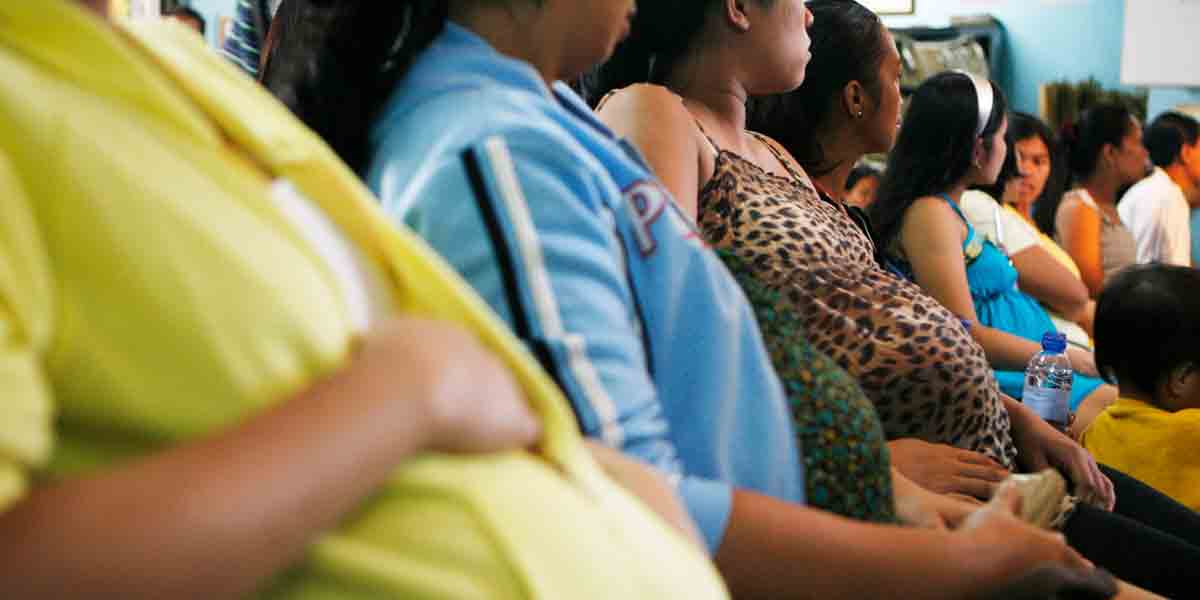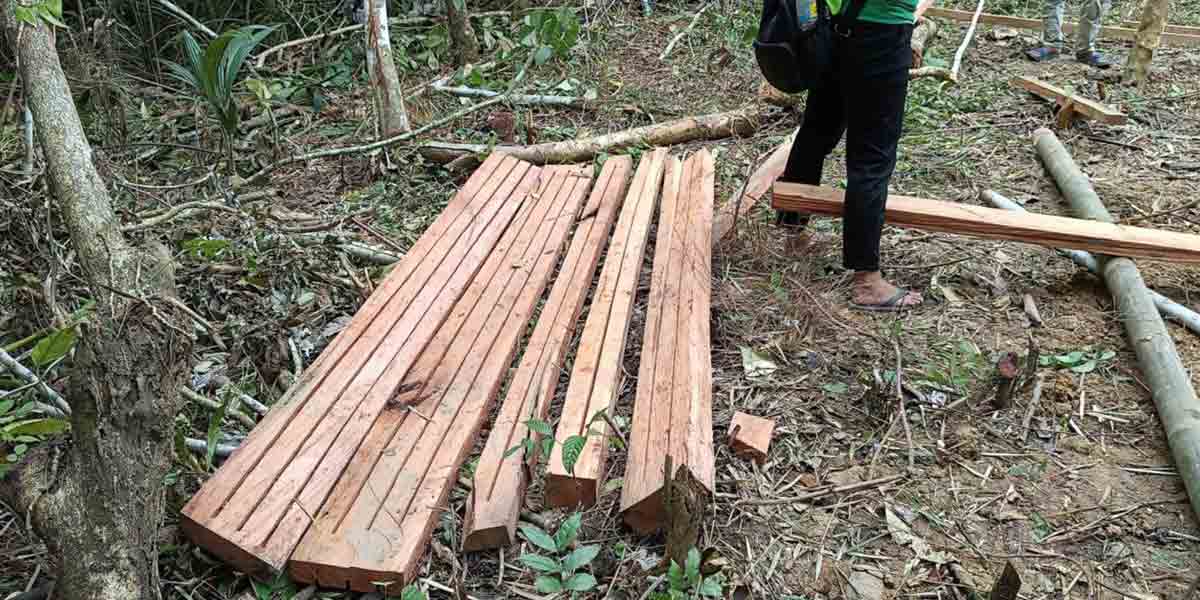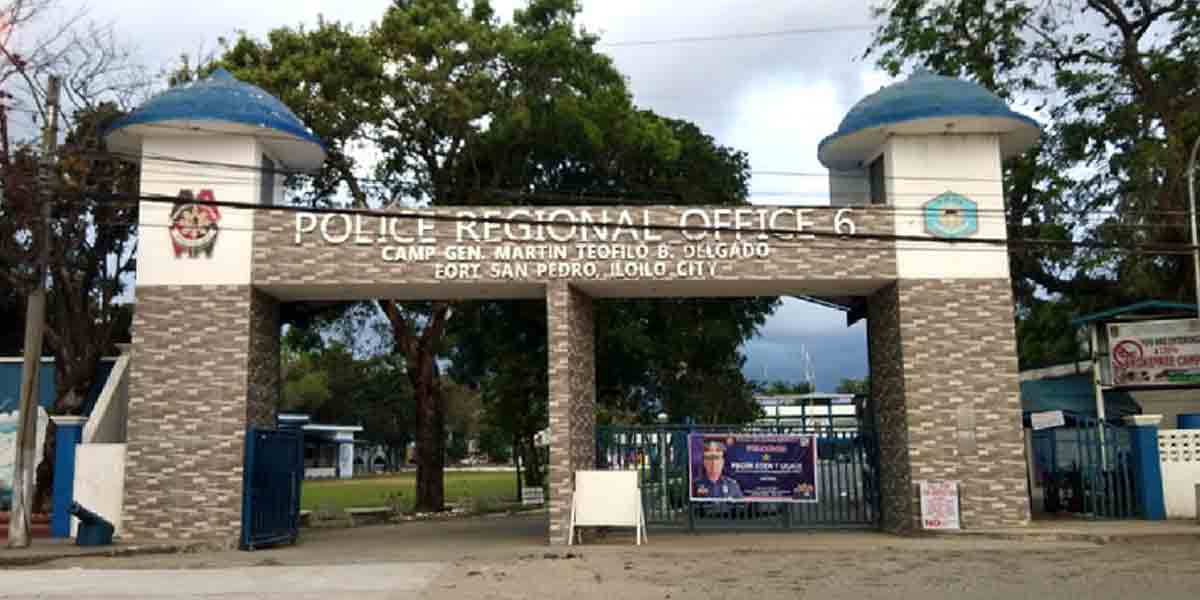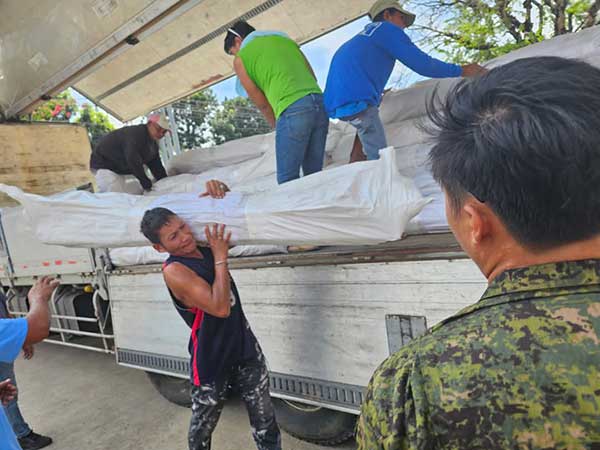
By Dolly Yasa
BACOLOD CITY—Family tents from the Office of Civil Defense-Western Visayas (OCD-6) for the establishment of Tent Cities in preparation for the imminent eruption of Kanlaon Volcano began arriving Friday in Himamaylan City, Negros Occidental.
Meanwhile, some internally displaced persons (IDPs) in evacuation centers in two local government units (LGUs) affected by the December 9, 2024, Kanlaon Volcano eruption have started returning to their homes.
La Castellana Mayor Alme Rhummyla Nicor-Mangilimutan said 622 families, or 1,969 individuals, have decamped to areas outside the six-kilometer radius of the Permanent Danger Zone (PDZ).
Decamping began Thursday.
About 5,000 IDPs remain in nine evacuation centers in La Castellana.
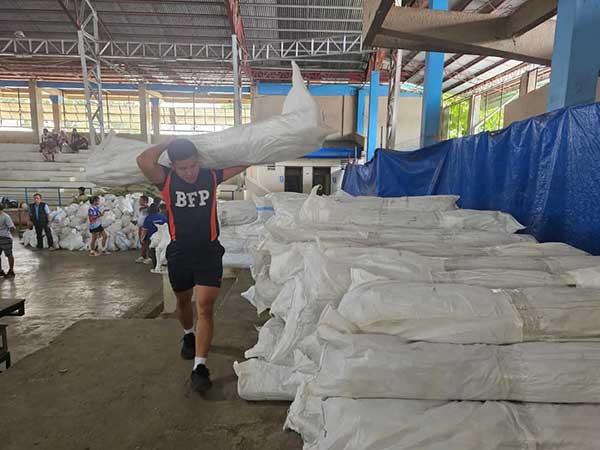
In Bago City, 128 families have decamped, while 278 families have returned home in Canlaon City, Negros Oriental, according to Donato Sermeno III, the regional director of the OCD Negros Island Region.
In La Carlota City, Negros Occidental, no decamping has occurred, according to Negros Occidental Governor Eugenio Jose Lacson.
Regarding the Tent Cities, which are expected to accommodate 10,000 IDPs, Lacson questioned the OCD-Western Visayas about sustainability plans.
“I have not met with Mr. Fernandez yet. I am looking at my schedule next week to see if I can meet with him,” Lacson said.
“I’d like to hear from him personally—what is the plan? How will we sustain a Tent City?”
The governor raised concerns about maintaining the Tent Cities, asking, “Whose responsibility is it? Is it the LGU? I’ve heard about a PHP 15-billion budget for one month, but is that a commitment from the OCD? Where will the budget come from?”
Lacson emphasized that the province is following Alert Level 3 guidelines.
He said the LGUs have considered whether residents living beyond the six-kilometer radius should be allowed to return home, adding that the decision ultimately lies with the LGUs.
The governor also noted that many IDPs are eager to return home, saying, “It is becoming more difficult to explain to them why they need to stay in the evacuation centers.”
He added that the displaced families understand the risks and are willing to evacuate again if necessary.
“It only tells us that they are getting tired already,” Lacson said.

